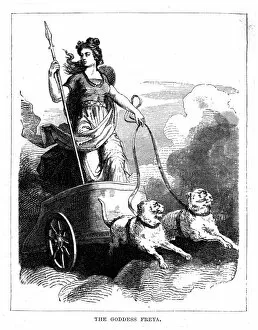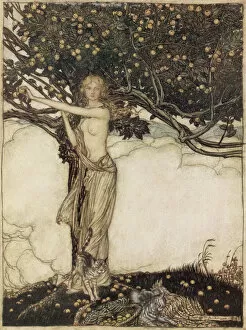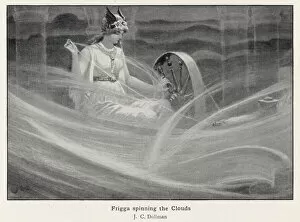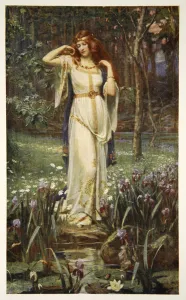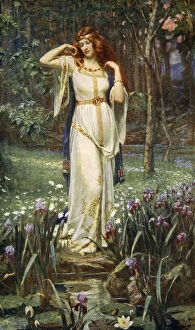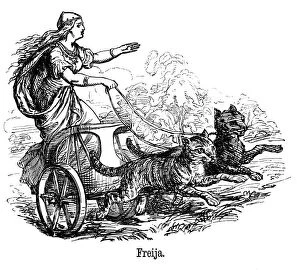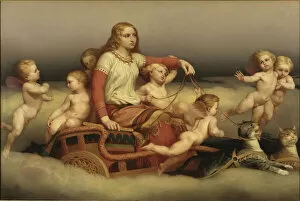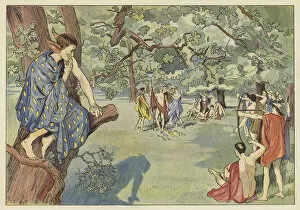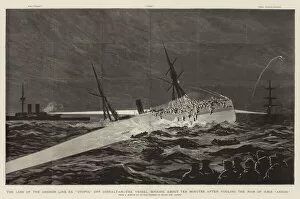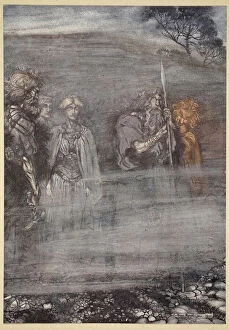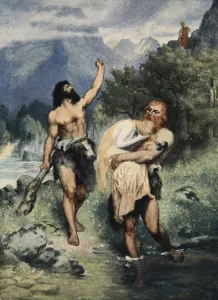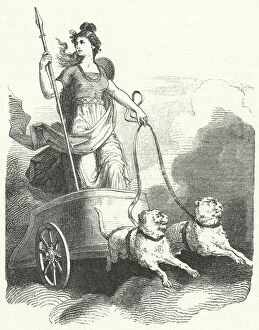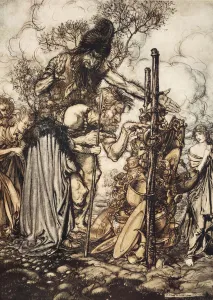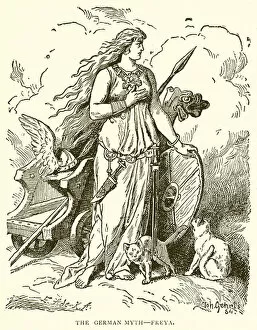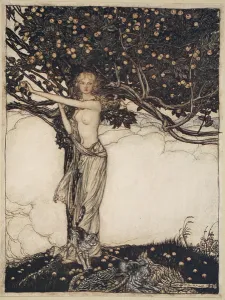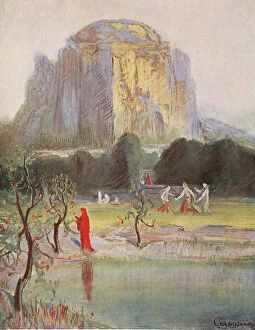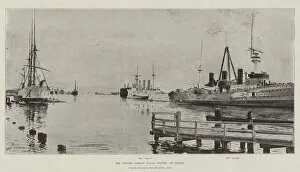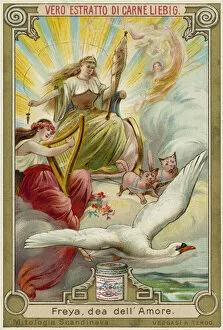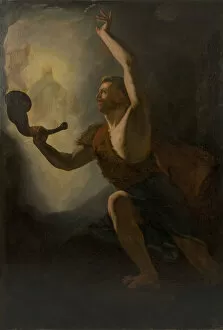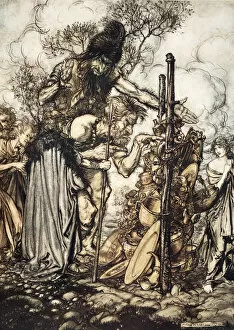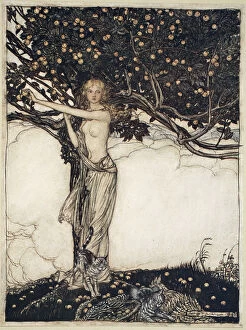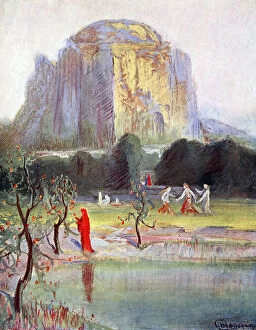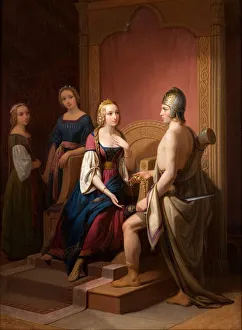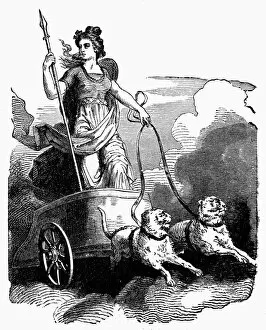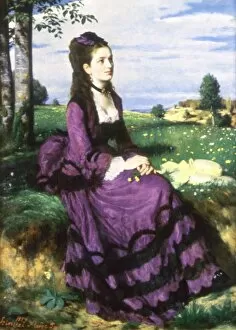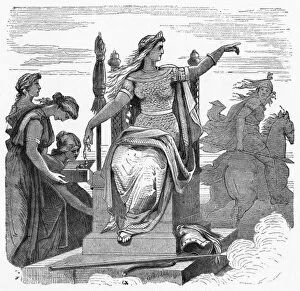Freya Collection
"Freya: The Enchanting Goddess of Love and Mythology" Step into the world of German and Norse mythology as we explore the captivating tales surrounding Freya
All Professionally Made to Order for Quick Shipping
"Freya: The Enchanting Goddess of Love and Mythology" Step into the world of German and Norse mythology as we explore the captivating tales surrounding Freya. Known for her beauty, power, and love, it has left an indelible mark on history. In one mythological depiction titled "Freya in her Chariot, " we witness her majestic presence as she rides through the heavens, commanding attention with every stride. This portrayal is reminiscent of Rackham's mesmerizing illustrations that bring this goddess to life. Freyja's allure extends beyond mere artwork; she is a central figure in Scandinavian mythology. Often associated with love and fertility, she captivates hearts with her enchanting charm. Her connection to cats is particularly intriguing - imagine witnessing Freyja driving her chariot pulled by these graceful felines. One cannot discuss Freya without mentioning her relentless pursuit of happiness. In "Freia Seeking Her Husband, " an oil painting from 1852, we see a determined goddess searching for true love amidst adversity. It echoes the sentiment portrayed in Teutonic Myths and Legends' illustration of "Freyja and the Necklace. " Not only does Freya embody passion and romance but also strength during times of loss or tragedy. As depicted in various artworks such as "Mistletoe" or "The Loss of Anchor Line SS 'Utopia', " she symbolizes resilience even when faced with despair. However, it is important to remember that even gods can experience vulnerability. In Wagner's operas, we witness how the gods grow weary at the loss of their beloved Freia - a testament to her significance within their pantheon. As we delve into Crufts 2015 - renowned for showcasing exceptional dogs - let us not forget that behind its name lies a nod to our mythical heroine herself: Freya. Just like this prestigious event celebrates excellence among canines, so too does Freya embody excellence in love and beauty.

